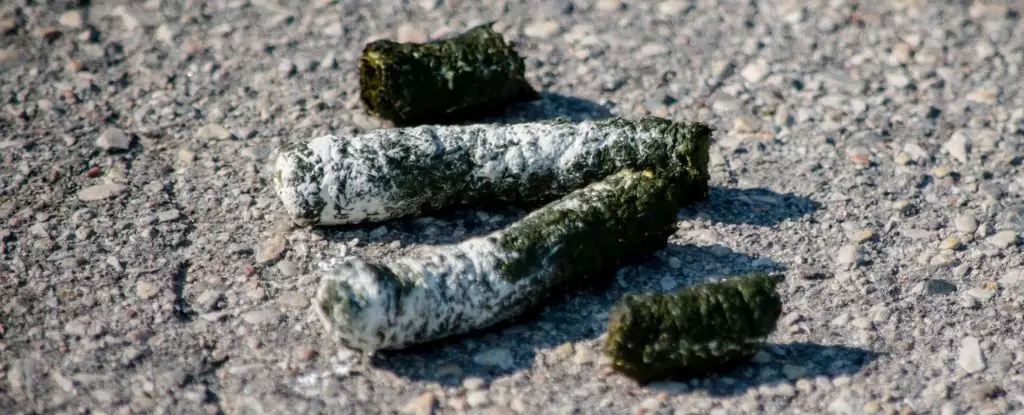In an intriguing turn of events, a group of middle schoolers in Chicago have stepped into the spotlight for their groundbreaking work in science. Under the vigilant guidance of the University of Illinois researchers, these young scholars engaged in an educational initiative that goes beyond textbooks and classroom discussions. Instead of common science fair projects, these students took their exploration into the great outdoors, collecting unique ecological samples from their neighborhoods. One student made headlines by bringing in goose droppings, an act that typically raises eyebrows. However, in this context, it was celebrated as a step towards real scientific discovery.
This initiative was not merely a quirky exploration; it aimed to spark interest in scientific careers by providing hands-on experience. The program spanned 14 weeks, during which students were at the forefront of seeking new antibacterial compounds. Notably, this unique approach empowers young learners to think critically about the natural world while also raising awareness of the alarming issue of antibiotic resistance.
When the student isolated a bacterium from the goose feces, they discovered Pseudomonas idahonensis, a gram-negative bacterium. This finding is significant. Research revealed that this particular bacterium inhibits over 90% of the growth of Staphylococcus aureus, a harmful gram-positive bacterium responsible for numerous skin infections. Given the growing concerns surrounding antibiotic resistance—where previously treatable infections become deadly—the potential of such discoveries cannot be overstated.
With antibiotic resistance on the rise, driven by the overuse of existing medications, the need for innovative solutions is pressing. This venture into microbiology reflects more than just a school project; it signifies a promising avenue for discovering new antibiotics in nature. The significance of the bacterium extends further, as it produced a novel natural compound, orfamide N, which could offer additional therapeutic benefits. The bacterium’s antibiotic properties and the potential application of orfamide N in cancer treatment mark a critical juncture in biomedical research.
Despite the enthusiasm surrounding the findings, the process of collecting samples and isolating bacteria is not without its hazards. Touching bird droppings exposes individuals to pathogens that can cause illness, particularly during times when avian flu outbreaks are reported. This brings to light the importance of safety protocols in scientific exploration and education. The fact that these students managed to navigate these challenges while contributing to meaningful research speaks volumes about their commitment and the support they received from trained professionals.
Beyond safety concerns, the discovery of orfamide N opens a window to the potential of nature in the fight against diseases. While antibiotics discovered in previous decades have saved countless lives, ongoing research into these novel natural products could lead to new treatments and therapies. The inquiry into how orfamide N functions, particularly its ability to restrain the proliferation of melanoma and ovarian cancer cells, fuels the quest for innovative cancer therapies.
Nevertheless, the road to drug development is fraught with obstacles and uncertainty. Statistically, the failure rate in translational medicine is extraordinarily high, and it can take years to ascertain the efficacy and safety of new compounds. Out of 14 samples gathered from the Boston area, only one exhibited antibiotic activity, highlighting the challenges researchers face as they tread new scientific territory.
Yet, even in light of these difficulties, the persistent efforts of young scientists are vital for the future of antibiotic research. By actively involving students in real scientific inquiries, educational programs empower them with skills and insights that resonate beyond the laboratory walls. As these kids delve deeper into their scientific endeavors, they are not only building a foundation for their futures but also contributing to the broader quest against persistent health threats.
The story of Chicago’s middle schoolers is not merely a tale about an unusual science project but a broader narrative about exploration, discovery, and the importance of practical education in a world increasingly beleaguered with antibiotic resistance and cancer. Their journey reinforces the idea that the next generation of scientists may find the answers to some of today’s most pressing problems hidden in the most unexpected places, like a pile of goose droppings.


Leave a Reply